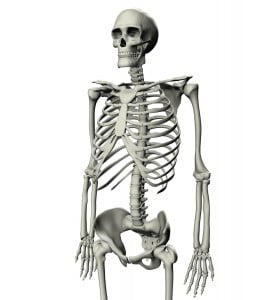Last week, I focused on how text features and signal words must be explicitly taught to help students understand that the “structure” of the text helps the reader better understand the main points of non-fiction. We teach different fiction genres to ensure students understand how to adjust their reading strategies, thinking and note taking. A reader must adjust their metacognition differently when they read a myth vs. fairytale. Non-fiction has differences in structure as well but we often forget to directly teach these to students. Don’t we read a social studies article differently than an essay on Global Warming? This takes explicit instruction.
The main structure types of non-fiction are:
- Cause and effect: describe cause and effect relationships. The text describes events and identifies reasons (causes) for why the event happened.
- Description: text that visualizes information which utilizes sensory and descriptive details that provides the 5W’s about a topic.
- Sequential: chronologically organized from beginning to end
- Compare and Contrast: comparisons used to describe an idea and similarities and differences are shared
- Problem and Solution: author introduces a problem and presents solutions
Instruction of non-fiction text structure helps the student meet the depth of the Common Core Informational Standards. The first three informational standards are organized under “Key Ideas and Details” and require students to interact with the text in a “surface” manner. When you move on to standards 4, 5 and 6—notice that they are organized under “Craft and Structure.”
**Notice the words—CRAFT AND STRUCTURE! Those words remind us as educators that the structure must be considered to fully meet these three standards. Please view these three standards.
Craft and Structure:
CCSS.ELA-LITERACY.CCRA.R.4
Interpret words and phrases as they are used in a text, including determining technical, connotative, and figurative meanings, and analyze how specific word choices shape meaning or tone.
CCSS.ELA-LITERACY.CCRA.R.5
Analyze the structure of texts, including how specific sentences, paragraphs, and larger portions of the text (e.g., a section, chapter, scene, or stanza) relate to each other and the whole.
CCSS.ELA-LITERACY.CCRA.R.6
Assess how point of view or purpose shapes the content and style of a text.
Within these three standards, students are challenged to do the following:
- Notice the word choice of the author.
- Analyze the structure of the text.
- See how the author’s choices “build” the text and how to interact with each section or part
- Determine the author’s point of view.
- Discern differences in the author’s opinion and their own.
- See subtle changes in how the author’s point of view changes the text and choices by the author.
When a student can identify the text structure of the text, it immediately alerts the brain to apply certain strategies as they read and to look for certain main points. Knowing the text structure is important for many reasons including:
- The structure sets the purpose for the selection and lets the reader know what points the author WANTS to make to the reader. This allows the reader to search for this information rather than only discerning information from their own point of view. (RI.6)
- Text features and signal words help “lead” students to main points of the article. (RI.5)
- The structure helps students see which details are most important and sift through to determine relevant and irrelevant information. (RI.5 and RI.6)
- The structure helps the reader decide what kind of notes to take such as looking for the problem and list solutions or creating a timeline with an article written in chronological order. (RI.5)
- The signal words and text features help to point out what the author thinks is important and show their opinion or perspective. (RI.6)
- When a student “sees” the structure, they are able to more clearly organize their thoughts for a summary or to explain.
This is NOT an upper grade concept! We do this with Kindergarten and small children when we read a story aloud. We stop and ask what is happening and model the structure of a story. When we read something, we look at the title and ask what the selection will be about which shows how the title relates to the book. We must begin to show students how the small pieces of information are put together in a format to help the reader learn. Seeing a text from the “macrolevel” or the overall level helps them see the framework or structure that the author “built” the selection. Powerful don’t you think? If a student can SEE the structure—they can fully understand it. An added bonus to understanding text structure is that it aids the student when expressing their thoughts in writing.

